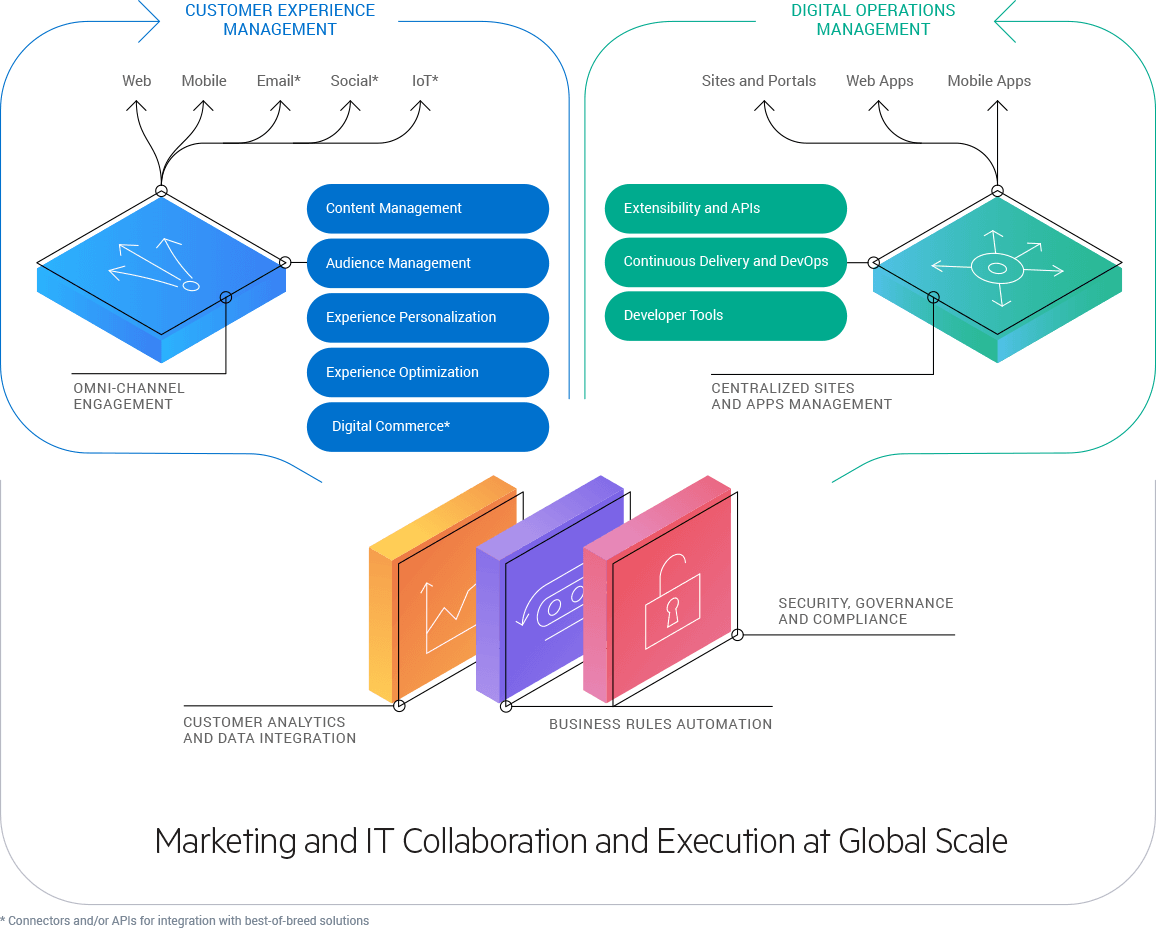Scalability Goes Beyond Technology for the Customer

Scalability must do more than improve your backend functionality—it must drive rewarding customer experiences across channels and efforts.
In the technology era, conversations about performance and scalability are often centered around the Chief Technology Officer and infrastructure capabilities. For example, are there enough servers and management capacity to handle peak periods of traffic and optimal performance? You must ensure that customers and prospects are engaged effectively or they will leave. However, leading organizations think about scale more comprehensively. On the technology side, it’s not just infrastructure—and business scale also needs to be addressed.
The Industry Fallacy
Scale is all about making sure that your architecture supports horizontal and vertical scalability. As long as our infrastructure is set, our needs are under control.
The Simple Truth
Architecture scale is crucial, but that’s just a starting point. There are other forms of technology scale that need to be considered, and more importantly, you need to think about business scale. Digital transformation goes beyond just the technology. It’s about optimizing the customer journey across the entire pre-sale and post-sale experience. What does this mean?
Think about the average multi-national company. These organizations must think globally and act locally. They must work with a variety of partners, agencies and market segments to deliver the message at the right time to the right audience about the right product or service… and to the right channel in the customer journey. This could be the launch of a new product in one or many regions, promotional offerings for existing products, or event-based marketing for limited-time specials that take people through the many levels and phases of the aforementioned customer journey. It must also work well across all various customer touch points: web, mobile, social, etc. Sounds challenging, right?
What happens when your company has 100s of brands and they each work with different agencies? How do you manage these thousands of marketing efforts at scale, knowing that they’re relying on your content management platform as the go-to-point? And how do you make sure that this all happens efficiently, addressing consistency and governance around the many local markets you’re participating in?
Today, most large organizations are working with a plethora of content management systems and technology platforms without a unified strategy. This fragmentation often results in duplicated efforts, mismanagement of resources, wasted budgets, unsatisfied customers and disappointing bottom-line results.
What’s the Solution?
In order to operate effectively, empower your teams to create positive customer experiences together and keep from working in a one-off mentality. Avoid inefficient repetition, where many people work on the same things over and over without learning from one another. Adopt solutions that establish centralization and control, but offer the freedom to explore new opportunities. This is where digital transformation and scale meet.
A digital experience platform is increasingly necessary to succeed today—both internally and externally. It allows you and your team—locally and globally—to focus on content, personalization, optimization and customer engagement at scale, regardless of how many agencies, brands or partners you need to work with each day. With a cloud-based solution that is built specifically to manage business and technology scale, you will:
- Shift from infrastructure to speed and reliability for your omni-channel delivery efforts
- Manage scale without adding costly marketing and technology resources
- Meet demanding business requirements, including quicker go-to-market customer experiences (promotions, etc.)
- Avoid sacrificing governance standards
- Ensure best practices rather than introducing risk from bypassing the right approach for short term delivery (the proverbial “one-off”)
How can this be achieved?
- Better collaboration and sharing—providing the ability to share customer experience components across different internal and external teams
- Improved management with all aspects of technology scale—addressing both developer and DevOps considerations
Enter DigitalFactory
You must address both technology and business scale. Technical scale is not limited to run-time scalability, because DigitalFactory supports both distributed development and DevOps automation. Additionally, DigitalFactory enables businesses to move beyond disjointed brand and product efforts to adopt a corporate approach, enhancing how you manage the massive number of digital properties needed to deliver integrated customer experiences.
While the corporate mega-site is still a tremendous part of the digital experience, we’re now needing to shift to “micro-moments.” This addresses engagement around specific areas vs the old-school mentality of brochure-ware sites. Today’s experiences must be holistic, functional and value-driven—around the customer, not just the company or brand(s).
Managing digital at scale requires a connected strategy that delivers global brand value. Customers expect that you know their needs and offer them value. Traditional solutions are not designed for global scale, which leads to inconsistent experiences that tarnish the corporate reputation. Progress DigitalFactory supports the business and technology scale needed by organizations to deliver consistent experiences across different markets, products, services and regions.
Welcome to the world of marketing, IT collaboration and execution at global scale—powered by digital transformation and Progress DigitalFactory.


